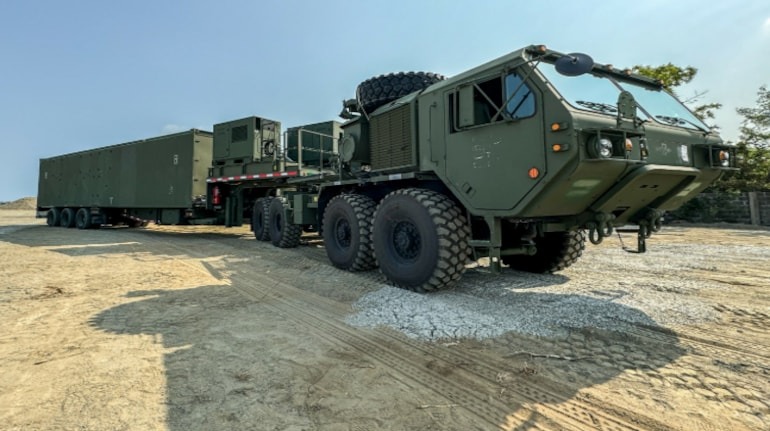
The United States has deployed the Typhon Missile System in the Philippines, marking the first time since the Cold War that such a long-range American land-based system has been stationed overseas. Positioned on Luzon Island, just 300 miles from Taiwan, the Typhon system is capable of launching Tomahawk and SM-6 missiles, with a reach of up to 1,200 miles—putting major Chinese targets within striking distance.
China Condemns Move, Warns of Retaliation
Beijing has strongly condemned the deployment, warning that it could destabilize regional security and spark an arms race. China’s Foreign Ministry declared it would not “sit idly by” if its national security is threatened. Russia compared the move to Cold War missile brinkmanship, echoing similar concerns.
A Political Test for Trump’s Indo-Pacific Policy
Although the Typhon system arrived under the Biden administration, its future now rests with President Donald Trump, whose stance on Asia has wavered between confrontation and diplomacy. The deployment is quickly emerging as a litmus test for his commitment to regional allies like Taiwan and the Philippines.
U.S. Defense Secretary Pete Hegseth’s recent visit to the region may offer insight into the administration’s evolving strategy—whether to reinforce the deployment or offer it as a bargaining chip in future negotiations.
Strategic Advantages of the Typhon System
Highly mobile: Mounted on trucks and air-deployable
Difficult to track and destroy compared to traditional bases
Part of a Pentagon shift toward dispersed missile networks in Asia
Experts see Typhon as a counterbalance to China’s growing arsenal of intermediate-range missiles, especially following the collapse of the INF Treaty.
Potential Bargaining Chip or Diplomatic Liability?
The Philippines is training troops to operate the system and has shown interest in acquiring it. However, President Ferdinand Marcos Jr. hinted he might consider removing the system if China reduces its aggressive behavior in the South China Sea.
Analysts warn the missile platform could become a negotiation tool in future U.S.-China talks. Political analyst Richard Heydarian noted, “What the Philippines does with the Typhon and what the Trump administration does about it determines how the game of deterrence will play out.”
Divisions Within the Trump Administration
Opinions among U.S. officials are split:
Army Secretary Dan Driscoll: Calls the deployment a strategic success
Andrew Byers, Deputy Assistant Secretary for South and Southeast Asia: Advocates for a softer approach, suggesting U.S. withdrawals in exchange for de-escalation
Risk of Miscalculation
Experts like Jennifer Kavanagh from Defense Priorities caution that even without launching a missile, the Typhon’s presence increases the risk of miscalculation and potential conflict between the U.S. and China—both nuclear powers.
Read More: World Bank Approves 700 Million Dollars for Pakistan to Boost Economic Stability and Public Services

 Share
Share



